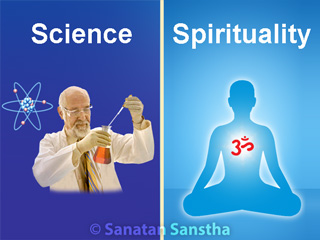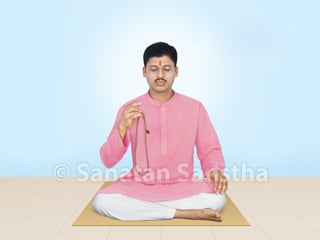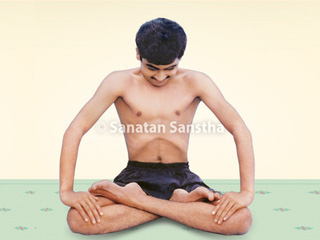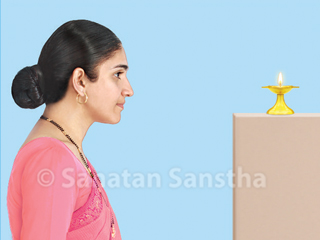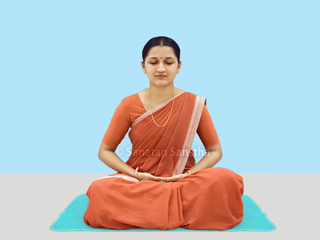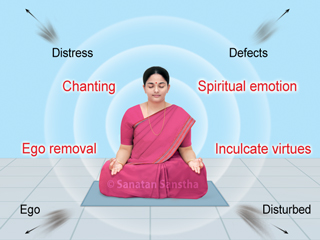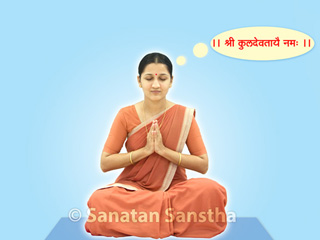Spirituality and Science – Why is Spirituality classified as a science?
Just as theories in chemistry, physics, and medical science etc can be proven again and again. To site an example; ‘oxygen supports combustion’. This was proven decades ago and can be still proved today. Similarly, everything that comes under Adhyaatm Shastra (spiritual science), can be proven time and again.

